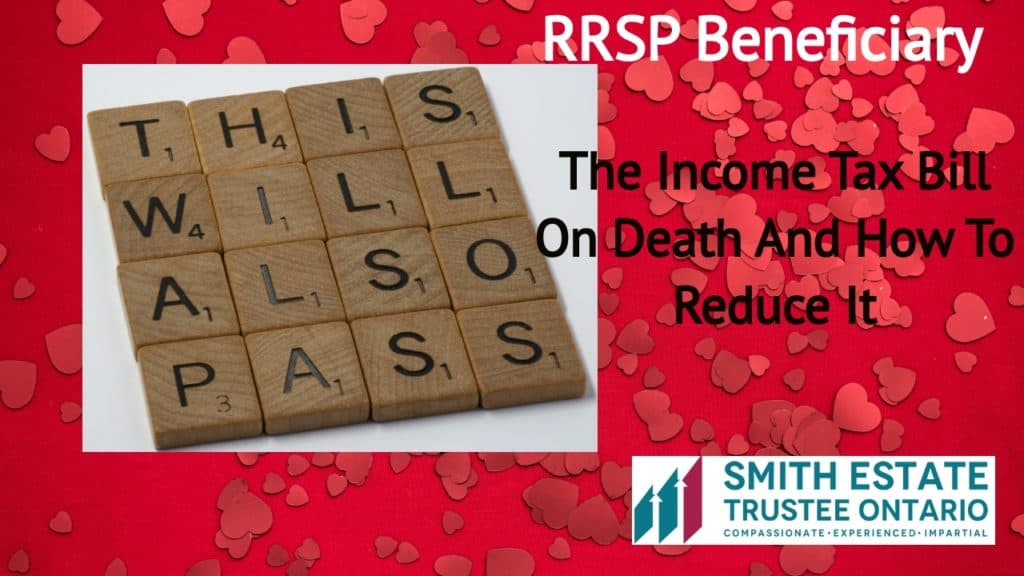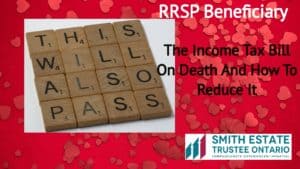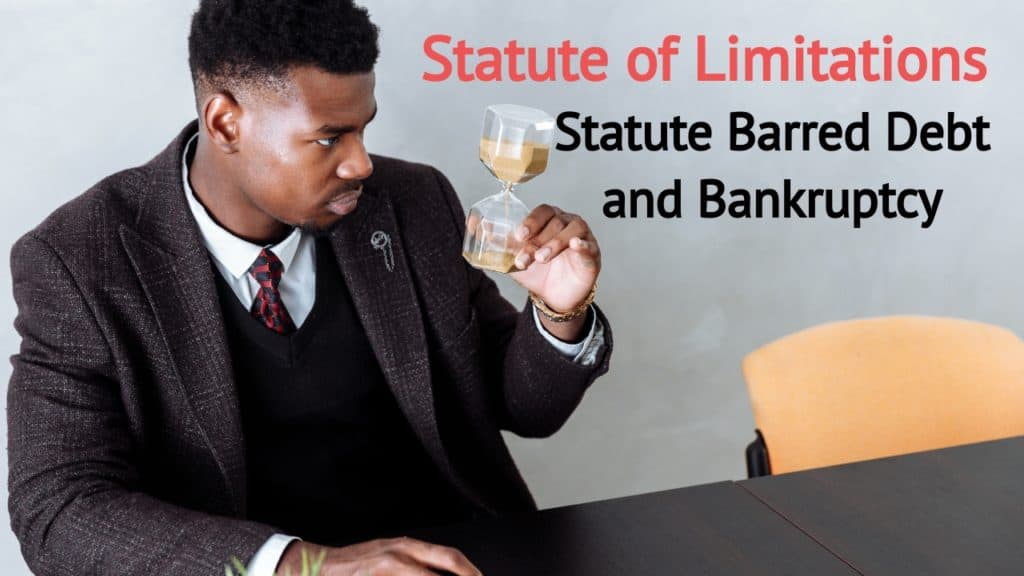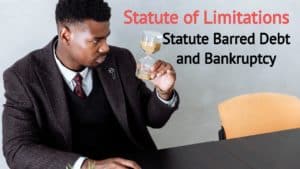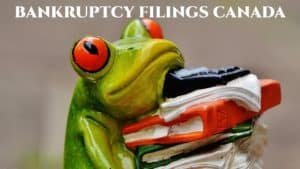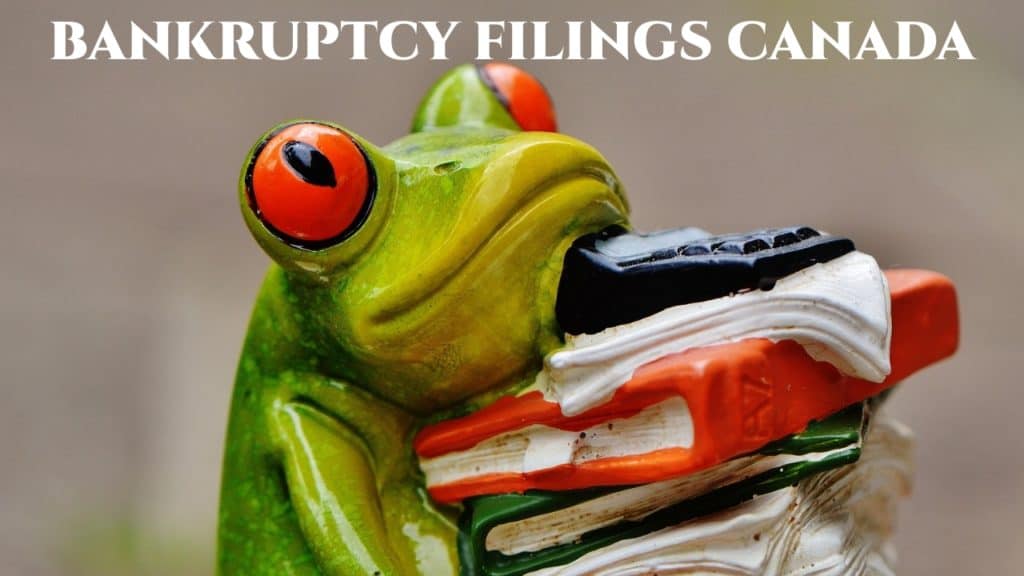We hope that you and your family are safe, healthy and secure during this coronavirus pandemic.
Smith Estate Trustee Ontario and Ira Smith Trustee & Receiver Inc. is absolutely operational and Ira, in addition to Brandon Smith, is readily available for a telephone consultation or video meeting.
Choice of an executor of the Will: Choosing the right executor for your estate
When a person dies, that is not the time to begin preparing for who will carry out the wishes of the dead person in connection with their assets. Without a properly drafted Will, your family could be in for a long and uncomfortable legal battle. This is why it is so essential to obtain the right advice early on and naming the appropriate person or persons as the executor of the Will.
Whether you’re single, married, or have a blended family, there’s a good chance that you will certainly need to select an executor of the Will of your estate. This is the person who will supervise accomplishing your desires after you die. The executor will make certain your wishes are accomplished in such a way that is fair to your heirs under Ontario laws. However, without proper paperwork, this may not go as efficiently as you may really hope. To avoid this, you need to carefully think about and then pick who or whom should be your executor(s).
Who can be an executor of the Will in Ontario?
Have you ever heard of the term “executor”? You will come across it when you or a loved one create a Will. In Ontario, the executor is now called an Estate Trustee. However, in this Brandon Blog, I will continue to use the old name. It is normal that one of your closest friends or family members will be named in your Will as an executor, meaning they’re responsible for carrying out the instructions in your Will.
There are really no requirements in Ontario for someone to be an executor of the Will. To be an executor of someone’s Will, you must be at least 18 years old and have the ability to comprehend what is expected of you in that role. Hopefully, the person or people selected also have no record of fraud!
The executor is essentially the person holding the purse strings when it comes to your estate. They’re to see the will through from beginning to end: paying off bills, selling off any excess belongings, and distributing the rest to your beneficiaries.
The role of executor is an extremely important fiduciary role. Performing the duties of an executor of the Will incorrectly can have a profoundly serious effect on the beneficiaries and families involved for generations to come. So by now, it should be obvious to you that not everyone who can be an executor should be chosen to be THE executor. Having the right executor best suited for your estate should be the cornerstone of estate planning.
Choosing the ideal executor of the Will for your estate
The best estate trustee for your estate will depend upon the complexity of your estate, your specific wishes and needs. You and your lawyer ought to think about several elements when choosing an executor, consisting of:
- Given your assets and beneficiaries, what skills should the executor possess and how active will their involvement be in the estate?
- Whether they will need to make financial decisions.
- Do they have the necessary skill set and financial acumen to properly administer your estate?
- Whether they have a good and trusted relationship with your heir and with various other relatives.
- Do they have good conflict-resolution skills?
You also must be mindful as to how normal life events may have changed your needs when considering an executor of the Will. The person or people you chose under your first Will when your family was young and your biggest asset might have been the proceeds under your life insurance policy may no longer be the right choice years later when your children have their own families and your estate assets look much different. Complex estates also require executors to have different skill sets than what is needed to administer simpler estates.

The executor of the Will: Consider people in good financial standing
Becoming a good executor of the will requires time and effort. To act as executor means you will have legal responsibilities and you’ll be making crucial choices regarding the deceased’s properties, including:
- Paying off debts.
- Taking the estate through probate and calculating and paying the Ontario probate fees called the Estate Administration Tax.
- Completing one or more income tax returns that the deceased may have not filed and paying the taxes.
- Managing and perhaps selling assets such as real estate.
- Distributing assets to beneficiaries.
- Filing the estate tax returns and paying the necessary tax.
You will want to make sure that whoever you pick as executor under the Will, will be able to properly administer your estate through the entire estate administration process.
So as a starting point, you will want to make sure that the estate trustee that you pick as your personal representative who will be dealing with your personal finances, should be someone trustworthy who has both the necessary skills to handle the financial matters and has a good financial standing. In Ontario, an undischarged bankrupt cannot be an estate trustee.
How much power does an executor of the Will have over the estate?
An executor of the Will is a person who has been named to administer an estate when someone dies, but what does that involve? The executor’s responsibilities include:
- making sure that funeral arrangements have been properly made and funeral costs are paid;
- gathering up important documents;
- getting official copies of the death certificate;
- paying off any debts;
- wrapping up any loose ends like liaising with government agencies;
- gathering up the funds and then closing out the deceased’s bank accounts; and
- figuring out how to handle any property.
In other words, an executor has a lot of responsibility and a lot of power. So much power that an executor may be required to post a bond with the province of Ontario to cover any potential losses.
It’s a common misconception that the executor of an estate has complete control over the assets and can freely distribute them to whomever they choose. In reality, that’s not the case. When someone passes away, their estate becomes a separate legal entity, and once the executor has finished settling the estate’s affairs, the estate’s assets must pass to the designated beneficiaries. However, the executor has many powers that can help them better manage the estate.
The powers of an executor of the Will, come from the wording of the Will. If the executor finds that they do not have sufficient powers to properly carry out their duties, then the executor would have to retain a lawyer, get legal advice and then make an application to the court to get those additional powers. Since an executor has personal liability, they should not overstep their authority by taking actions they do not have the power to under the Will.
How do I make sure an executor of the Will is honest?
Succession preparation includes the estate planning documents. As part of that process, there needs to be a properly thought out procedure of picking a proficient, responsible, and trustworthy individual to handle an estate, trust, or business, upon the death of the creator of that wealth.
It is extremely essential to have a detailed succession plan in your estate and to make certain that your executor recognizes his/her duty, has the necessary skills and is willing to carry out what they will be called upon to do.
A well-known saying is “you get what you pay for” which is more often true when it involves choosing your executor. The executor is the person responsible to execute the terms of a Will or Trust. If they are not up to the task, your estate can get involved in a great deal of trouble.
At the end of the day, you have hopefully chosen someone to be the executor of the Will that not only has the ability to perform all necessary tasks but also someone who out of respect for their relationship with you and your wishes will carry them out honestly and efficiently.

Can there be 2 executors of a Will?
There are numerous concerns that emerge when a loved one passes away. One that is usually asked is can there can be more than one executor of the Will? In short, yes, there can be more than one executor, but there are some instances when that may not be the very best course of action.
So what are the realistic options? There can be a sole executor, an alternate executor or co-executors. Each one has its pluses and minuses. As the name suggests, a sole executor is 1 person only who has full responsibility to take all the necessary actions involved in settling the estate and then turn the money or specifically designated property over to the beneficiaries.
What is and why have an alternate executor? Just because someone is named as an executor of the Will, it may be the case that when the time comes, the person named is either unwilling or unable to act. Perhaps the Will was drawn up one or two decades ago and now the circumstances of the named executor have changed. So just in case, an alternate executor can be named in case the primary executor cannot act.
The Ontario Trustee Act contemplated such a situation. Examples of reasons why the primary executor may be unwilling or unable to act are because they are now:
- Having a change of heart and is now unwilling to act. An executor can recuse themselves before they start to take any action as executor. Once they start acting though, the only way they can be removed is through a court order.
- Is now is unfit to act.
- Predeceased the one who just died.
- Have been convicted of an indictable offence.
- An undischarged bankrupt or insolvent and trying to settle their debts under the Proposal provisions of the Bankruptcy and Insolvency Act (Canada).
Our sister business, Smith Estate Trustee Ontario, acts as a substitute executor when an executor of the Will needs to be replaced by the court.
In any of these situations, the alternate executor hopefully can and is still willing to act. The alternate executor would have the estate’s lawyer make an application to the court, provide proof for the reason why the named executor cannot act and the court can appoint the alternate executor (or any other party the beneficiaries may wish to nominate if proven that the alternate is unfit to act).
As the name implies, co-executors means that two or more people have been appointed to act together as an executor of the Will. This can help ensure that your estate is divided up as you intended and the co-executors can both split the work between them and also be a check on each other’s work.
They have someone they can confer with when unsure about something, rather than putting the estate to expense by consulting first with one of the professional advisors. The main disadvantage of having co-executors is that if you have an even number of executors and there is a major disagreement right down the middle, it will probably take the intervention of the court to have the decision made. This creates otherwise unnecessary cost and delay.
It is probably one of the most serious decisions in estate planning. Yu do not want to pick the wrong executor.
Choice of the executor of the Will: Using a trust company
Should you consider naming an estates professional as your executor? A trust company is such a professional executor. If you named an estate professional to oversee the distribution of your estate as executor, this approach typically results in less conflict and fewer disagreements between family members than naming a family member to be executor.
However, you should know that in naming an estate professional trust company, you are naming a corporate executor with well-established and unwavering policies and procedures to handle the estate administration process. The person at the trust company handling your relative’s estate is not going to care about the relationship issues between the beneficiaries and other family members.
They also are not going to worry about hurting someone’s feelings. The cost of using a trust company is cut and dry where a close friend or family member may waive any fee they may be entitled to as executor.
In some situations choosing a trust company as your corporate executor of the Will can be a smart option. A trust company is a company authorized to act as a trustee for a trust. The trust company is not the creator of the trust, nor is it the owner of the trust property.
The trust company is an independent third party, which is chosen by the now-deceased person to act as the executor of the Will. A trust company is an excellent choice as executor when the estate is very large and complex.
Whether one or more people or a trust company is a better choice to be the executor really depends on the size and complexity of the estate and the relationships of all the family members involved.
The executor of the Will summary
I hope you enjoyed the executor of the Will Brandon Blog post. If you are concerned because it is now time to act under the Will, but the named executor is unwilling or incapable of acting, that is where Smith Estate Trustee Ontario can be of assistance. We act as substitute trustees appointed by the court in such situations.
Have you been administering an estate and now you have determined that it is an insolvent estate? Are you worried because you or your business are dealing with substantial debt challenges and you assume bankruptcy is your only option? Call me. It is not your fault that you remain in this way. You have actually been only shown the old ways to try to deal with financial issues. These old ways do not work anymore.
The Ira Smith Team utilizes new modern-day ways to get you out of your debt difficulties while avoiding bankruptcy. We can get you the relief you need and so deserve.
The tension put upon you is big. We know your discomfort factors. We will check out your entire situation and design a new approach that is as unique as you and your problems; financial and emotional. We will take the weight off of your shoulders and blow away the dark cloud hanging over you. We will design a debt settlement strategy for you. We know that we can help you now.
We understand that people and businesses facing financial issues need a realistic lifeline. There is no “one solution fits all” method with the Ira Smith Team. Not everyone has to file bankruptcy in Canada. The majority of our clients never do. We help many people and companies stay clear of bankruptcy.
That is why we can establish a new restructuring procedure for paying down debt that will be built just for you. It will be as one-of-a-kind as the economic issues and discomfort you are encountering. If any one of these seems familiar to you and you are serious about getting the solution you need, contact the Ira Smith Trustee & Receiver Inc. group today.
Call us now for a no-cost consultation.
We will get you or your business back up driving to healthy and balanced trouble-free operations and get rid of the discomfort factors in your life, Starting Over, Starting Now.
We hope that you and your family are safe, healthy and secure during this coronavirus pandemic.
Smith Estate Trustee Ontario and Ira Smith Trustee & Receiver Inc. is absolutely operational and Ira, in addition to Brandon Smith, is readily available for a telephone consultation or video meeting.






